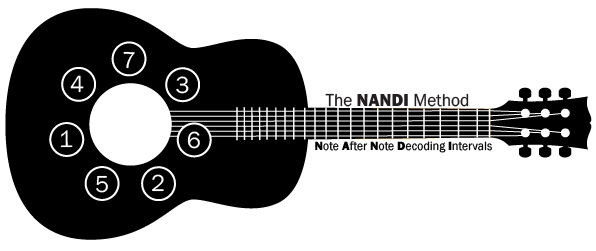There are two types of dominant chords.
A Primary Dominant is the V7 chord that is naturally found in the major scale. In the key of C this would be G7. Dominant chords have a strong resolution to the chord one fifth below them, and so are often followed by such a chord. The primary dominant in the only dominant chord that naturally appears in the major scale.
Secondary Dominants are dominant chords that do not naturally appear in the diatonic scale. If you build a dominant chord off of any scale degree other than the V, it is necessary to include non-diatonic notes (notes not in the key).
For example, if we build a dominant chord off of A (VI), it will look like this:
A – C# – E – G
And if we build one off of E (III) it would look like this:
E – G# – B – D
Neither C# nor G# are in the key of C, so these chords are non-diatonic. They can also be considered borrowed chords, meaning they are being temporarily borrowed from another key. Since they are dominant chords, they are the V7 of their corresponding key.
If we wanted to use A7 in the key of C, it would be notated in roman numerals as V/II because A7 only naturally happens in the key of D, which is the II of C. E7 would be noted as V/VI because E7 only occurs naturally in the key of A, which is the vi of C.
Because dominant chords tend to resolve to the root of the scale, secondary dominant chords offer unique ways to reach target chords (e.g. If you wanted to go from the key of C (I) to the key of D (ii), you would use a V/II (A7) chord before landing on the D). They can also be used generally to create tension in a chord progression and make it more interesting. In other words, you should always follow a secondary dominant with its corresponding chord, even if it’s used in passing.
Watch the video below to learn how to identify Secondary Dominants using the Circle of Fourths:
You can figure out the secondary dominant for each chord in a scale by looking at the series of fourths. If you made each chord dominant, its corresponding key would be one fourth up:

V/III is a B7
V/VI is a E7
V/II is an A7
V/V is a D7
V/IV is a C7
There is no secondary dominant built on the 7 because the root of the secondary chord should be a diatonic note. G♭ does not belong to the C major scale.

Watch the video below to learn how to identify the 12 dominant seventh chords in C major:
